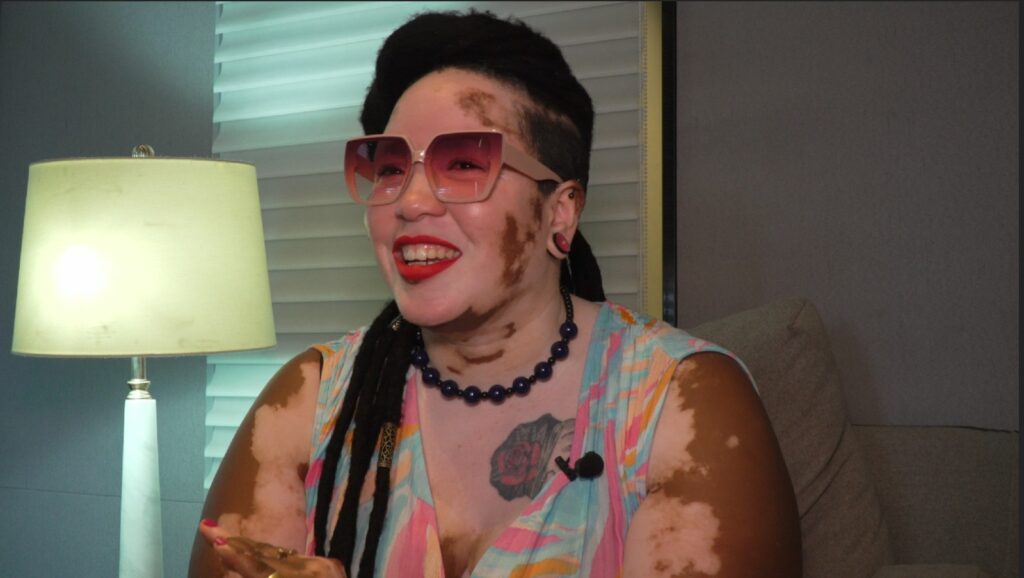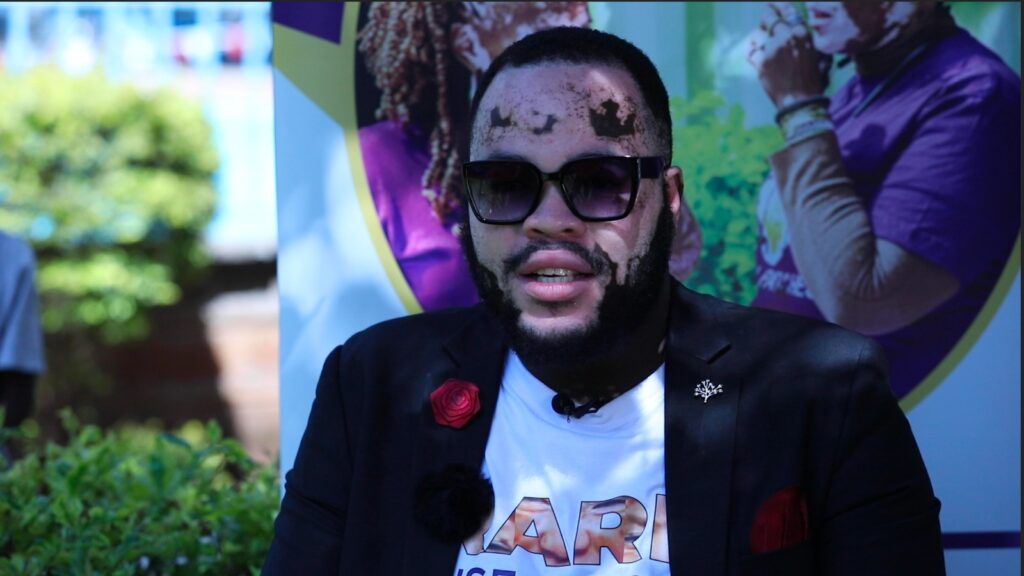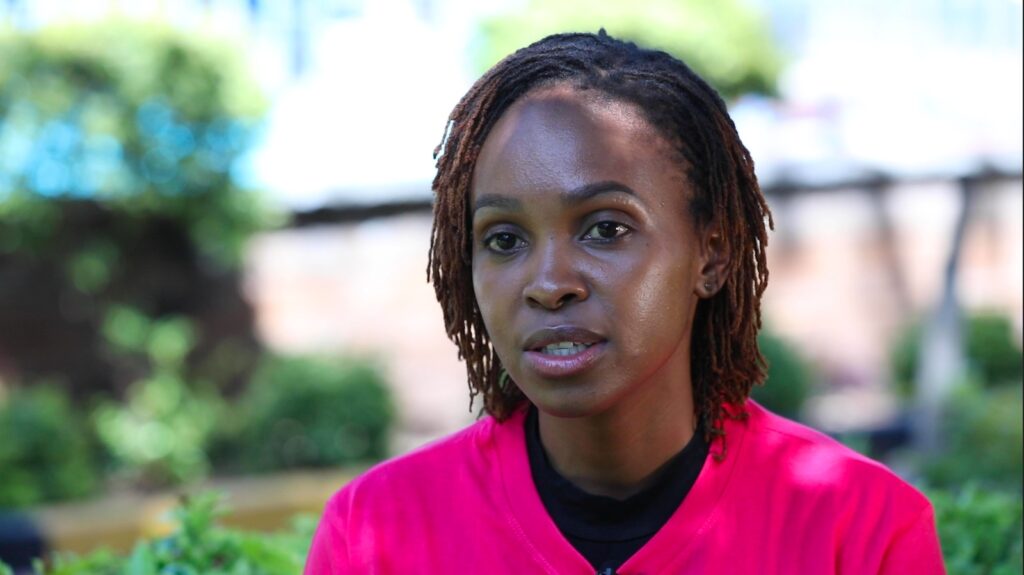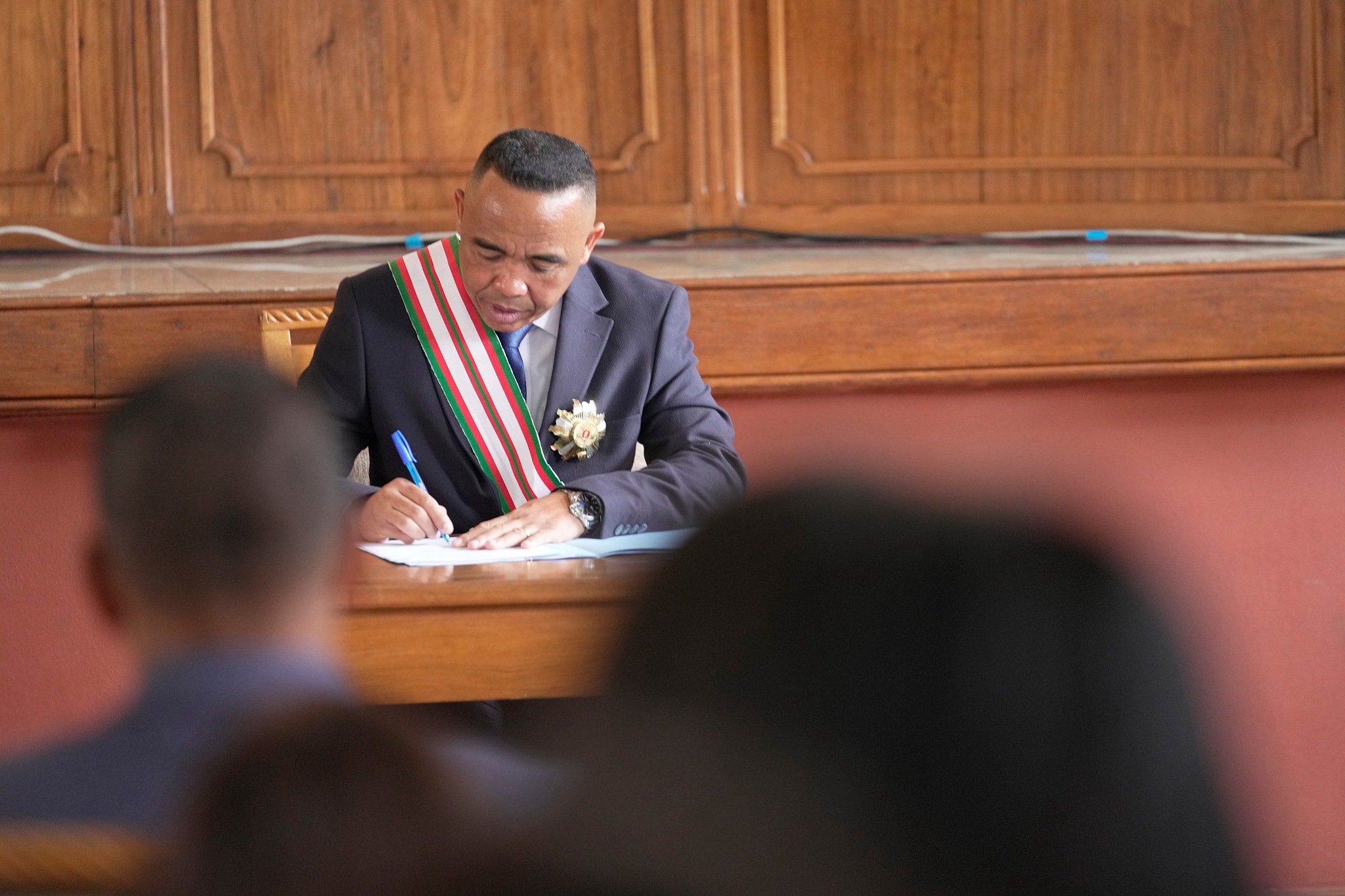
Embracing vitiligo with strength and pride
According to the Global Vitiligo Foundation, approximately 70 million people worldwide have vitiligo.
Vitiligo is more noticeable in individuals with darker skin tones, such as those of African descent, due to the stark contrast between the depigmented patches and their natural skin color.
This chronic autoimmune disorder causes patches of skin to lose their pigment when melanocytes—the cells responsible for producing skin color—are attacked and destroyed. As a result, affected areas turn a milky white color.
Typically, individuals first present with vitiligo between the ages of 20 and 24, although it can develop at any age.

In Kenya, people like Julie Nasuju and others are breaking stereotypes, embracing their unique skin patterns, and advocating for greater awareness about this autoimmune condition that affects millions globally.
For Nasuju, the journey began in childhood when she noticed white spots on her skin. “When I was in Class 2, I asked my mom why I looked different from my brothers,” she recalls.
Diagnosed with vitiligo vulgaris—a type marked by scattered patches across the body—she faced relentless questions and discrimination in school. “I was always seated alone because I didn’t want the questions.” To cope, she once claimed vitiligo was contagious, a tactic to avoid harassment, though it led to further isolation.
The challenges didn’t end with childhood. “The sun is not my friend,” she notes, explaining how UV exposure exacerbates vitiligo symptoms.
Stress, a major trigger, can cause patches to spread, impacting mental health more than physical well-being. “Most people with vitiligo are affected psychologically more than physically,” she says. Early in her career, she faced rejection, with one employer at a supermarket claiming her appearance would “scare customers.” Another job as a waiter ended similarly due to a manager’s bias, despite customers being unbothered.
By 2015, after facing personal rejection, including from her father, she began studying vitiligo and found healing through self-acceptance.
“I started modeling and seeing the beautiful side of it,” she says. Her skin once bore patterns resembling the maps of Kenya and Africa, inspiring her to get a tattoo to commemorate the moment. “These patches are artistic,” she says, embracing vitiligo as a unique expression of beauty.

Andrew Clifford Okal, another Kenyan with vitiligo, shares a similar journey of overcoming stigma. Initially discouraged from pursuing mass communication due to his appearance, he found his calling in education.
“I love it because I interact with people who want to know more about you, who learn through you,” he says. Okal stopped taking medication, embracing his skin as it is. “It doesn’t hurt, doesn’t itch—it’s just the skin color that’s peeled, and I love it,” he says.
Both individuals are now vocal advocates, using their platforms to educate others.
“When I started posting my pictures, people asked how I deal with the stigma,” Nasuju says. As the founder of the Royal Patches Foundation, she now speaks openly to help others combat the depression and anxiety that often accompany vitiligo through organizing events and seminars that raise awareness on the autoimmune condition.

According to Dr. Winnie Maina, a Kenyan dermatologist, Vitiligo as a condition tends to remain static over the years for some people, while for others it has a progressive cause. Understanding the type of vitiligo one has and its medication can help to stop the progression
“Vitiligo is not acquired, and we don’t have absolute control over it due to genetic predisposition,” she explains. It can skip generations, appearing decades later, with no environmental factors definitively linked to its onset.
Globally, attitudes toward vitiligo are shifting. High-profile figures, such as Ms. Universe Egypt and model Winnie Harlow, challenge conventional beauty standards, helping to normalize the condition. In Kenya, advocates like Okal are working tirelessly to promote acceptance and understanding. “If I face discrimination, I force you to understand what vitiligo is so you embrace it,” he says.
Additional reporting by Regina Mulea






